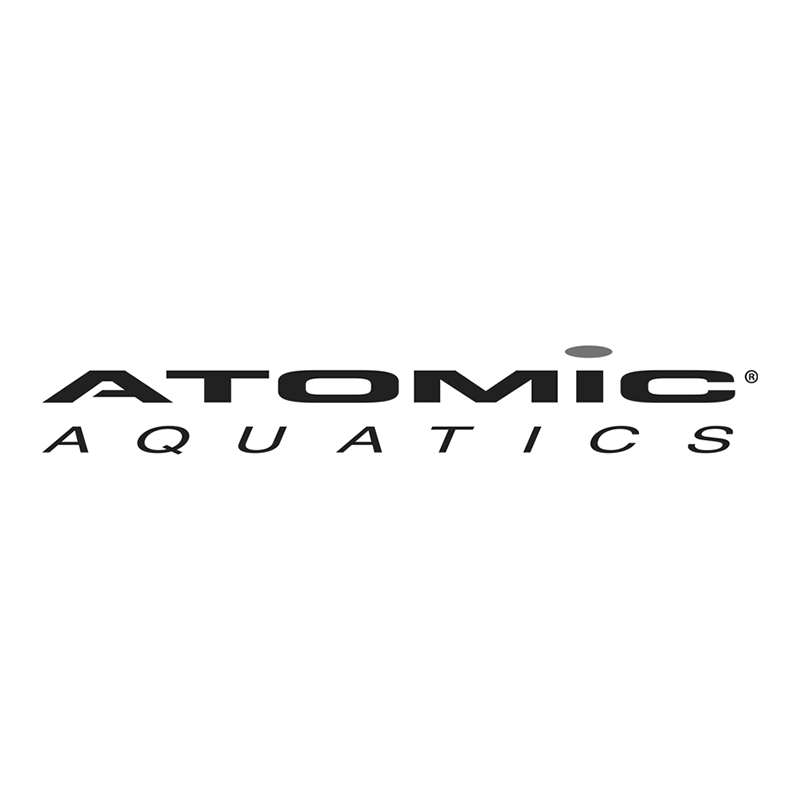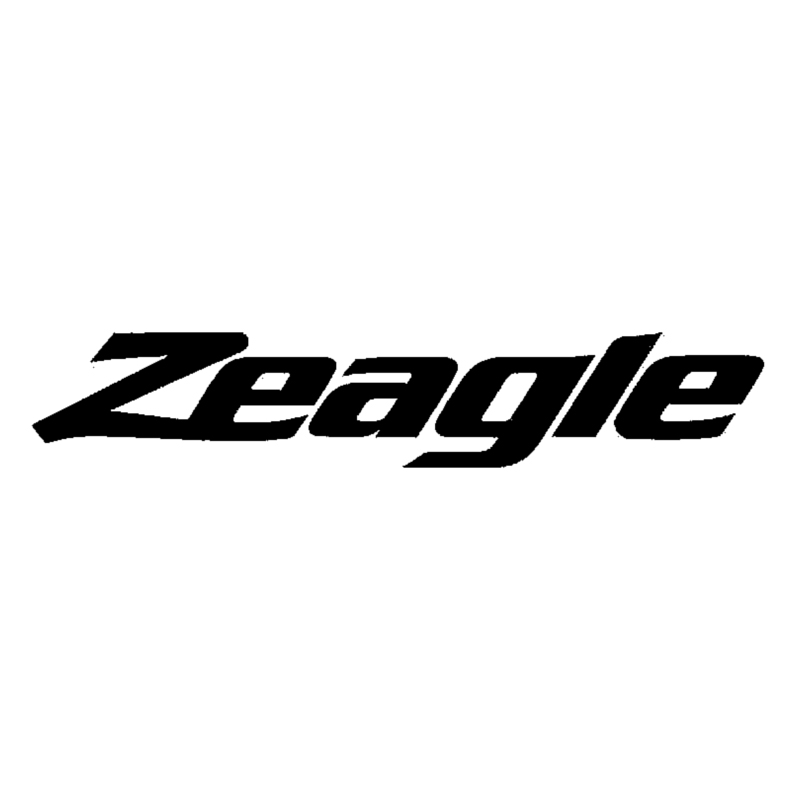As a full-service scuba shop, Toronto Scuba Centre services all the most popular scuba regulator brands.
Scuba regulators are your lifeline underwater. You should treat them well, maintain them by rinsing them in freshwater after every dive, and get them services according to the manufacturer’s recommended service interval. Some regulator brands recommend annual servicing, while others recommend every two or three years (with a safety inspection in between).

What is regulator servicing?
Full servicing of a regulator set includes completely disassembling the first stage, primary second stage and alternate air source (octo), cleaning all parts using an ultrasonic cleaner, and reassembling them. During reassembly, all o-rings, seats and other parts that may degrade with use are replaced using the official service kit from your regulator’s manufacturer. Hoses and gauges are inspected. After reassembly, we analyze and adjust the first stage’s intermediate pressure, and the cracking pressure of the second stages.
Regulator service at TSC
At TSC, we use industry-leading bench testing tools to measure the performance of your regulator, and to tune it to manufacturer specifications. And if you have any preferences for intermediate pressure or second stage cracking pressure, we’re happy to tune accordingly.
We provide a full report with notes on your regulator’s condition and the specifications to which we tuned your regulator. We also log your service date, so we can remind you when you’re due for your next service.
Annual safety inspection
Between servicing years, all regulator manufacturers recommend an annual safety inspection. At TSC, our annual inspection is a 9-point test that measures the performance of your regulator to ensure it’s performing safely and optimally. If we find any issues, we may just need to implement a few simple fixes, or we’ll recommend full service.
We always provide a copy of your inspection report card.
Fast turnaround time
TSC strives to turn around full regulator servicing within 1-2 weeks. Rush service (guaranteed turnaround within 1 week) is available (subject to service kit and parts availability). Annual inspections are completed in under a week (often within days), assuming we don’t find any significant issues.
In rare cases, our turnaround time is impacted by availability of servicing kits (supply constraints from manufacturers). We will advise you when you drop off your regulator. If your regulator needs additional placement parts not included in the service kit, servicing could be delayed by 2-4 weeks.
If you are servicing your gear before a trip, we recommend dropping off your regulator 4-6 weeks before departure. If that’s not possible and your servicing encounters a delay, we can set you up with high-quality rental equipment.
We service the top regulator brands
Please inquire about other brands.
Servicing interval by brand
Each regulator brand provides a recommended service interval (an important factor when purchasing a regulator). This interval is based on each manufacturer’s technology and the quality of their materials. Most intervals are defined by time and dives; even if you aren’t actively diving, some parts can still degrade over time. Get your gear serviced based on whichever milestone comes first.
- Apeks: at least once annually
- Aqua Lung: at least once every 2 years (with annual visual inspection)
- Atomic Aquatics (titanium models): 3 years or 300 dives (with annual safety inspection)
- Atomic Aquatics (other models): 2 years or 300 dives (with annual safety inspection)
- Mares: 2 years or 200 dives (with inspection every year or 100 dives)
- Oceanic: 2 years or 200 dives (with annual inspection)
- Zeagle: 2 years or 200 dives (with annual safety inspection)
Recommendations may change or vary based on model. Always refer to your regulator’s user manual.
Care between servicing
To ensure your regulator performs well between servicing, it’s imperative that you perform some simple maintenance tasks:
- Keep the dust cap in place when the regulator isn’t attached to a scuba cylinder. This keeps moisture and contaminants out of the first stage. Inspect the first stage filter regularly, and get it serviced if you notice corrosion on the filter.
- Rinse the regulator in fresh water after every dive. This is especially important after salt water diving: salt water corrosion could cause performance issues between servicing and shorten the life of your regulator.
- Do not press the second stage purge button while the regulator is submerged in a rinse bin, unpressurized. This can let water into the first stage regulator.









